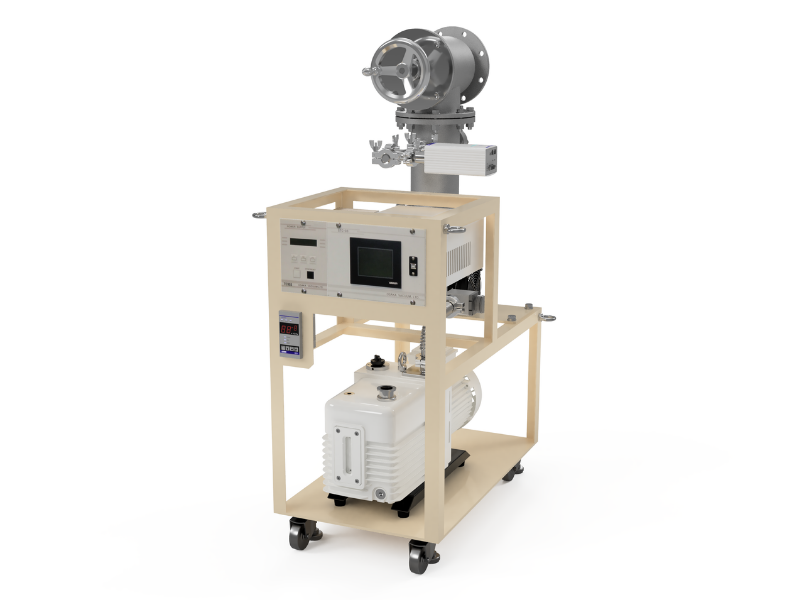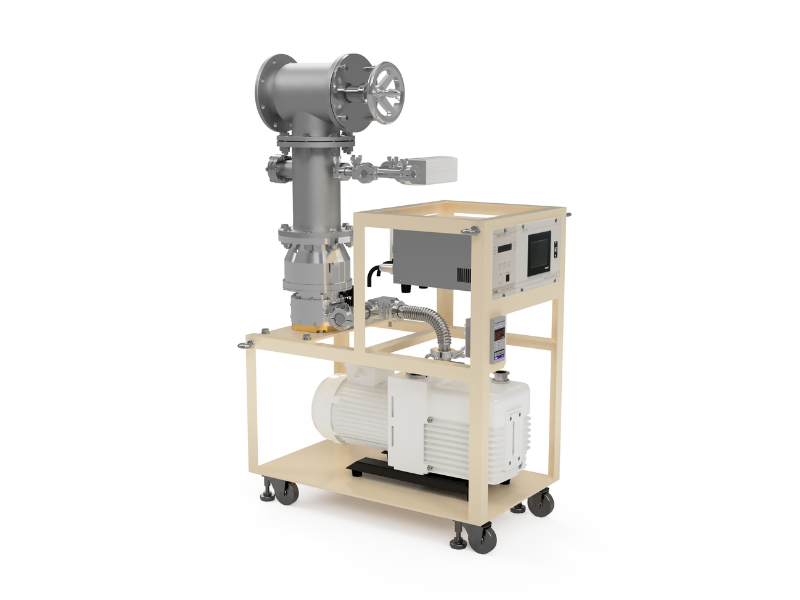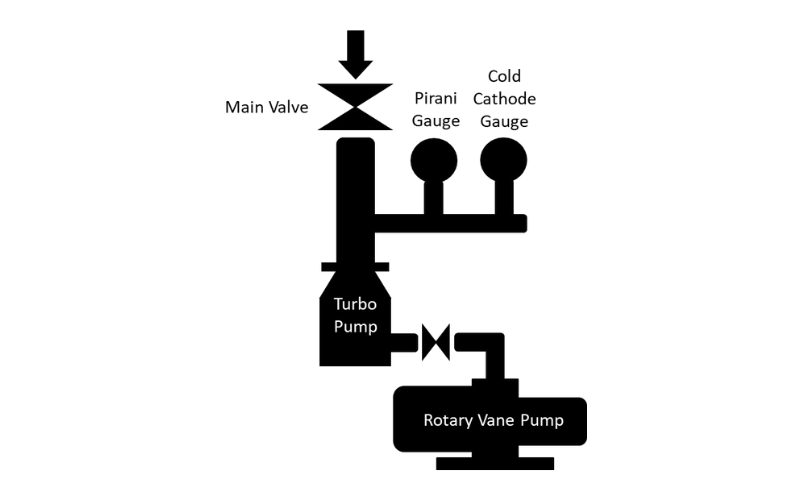"User registration" is required to download our catalogues.
"*User registration is required to download.
Nonmembers can register.
Log in here or register for user registration.
Registered users can download our electronic catalog (PDF), 2D-CAD data (DXF) ,
3D-CAD data (STEP, IGES), and field network device profile (GSD)."
Case Study
- Osaka Vacuum,Ltd. Top page
- Case Study
- High Vacuum Pumping System for leak testing automotive parts
High Vacuum Pumping System for leak testing automotive parts

There are various vacuum environments required in the industrial field, and various vacuum pumping system are used to create the vacuum environment. Osaka Vacuum offers a wide lineup of vacuum products for the customers’ requirements.
This time, we would like to introduce you a high vacuum pumping system employing a turbo molecular pump as the main pump, which has been used for leak testing of automotive parts in their manufacturing process.
The automotive industry, which is said to be undergoing a once-in-a-century transformation period, are shifting their focus to the development of Hybrid Vehicles, Electric Vehicles, Plug-in Hybrid Vehicles and Fuel Cell Vehicles under the goal "achieving 100% electric passenger car sales by 2035", which is a part of the national policy. However, automobiles must be always safe and reliable and the parts used in automobiles always needs to have high reliability.
In the manufacturing process of automotive parts, many parts need to be inspected to make sure that there is no leak. There are various ways of leak inspection, depending on the size of leak which needs to be detected, and in case of the highest tightness is required, the vacuum chamber leak testing method is often used using helium as the tracer gas.
In the vacuum chamber leak testing method, the workpiece to be tested is placed in a vacuum chamber, and pressurized with the tracer gas from inside. If there is a leak, the tracer gas leaks into the vacuum chamber, and detected by the helium leak detector connected to the chamber. In this way, the measurement by the helium leak detector can confirm that there is no leak or the leak amount from the workpiece is below the standard value.
Since the analyzer (mass spectrometer) inside the helium leak detector only operates in high vacuum, it is necessary to evacuate the vacuum chamber to high vacuum to accurately detect a small leak. Since the vacuum pump inside a helium leak detector is often compact sized, it takes time to evacuate the chamber to the pressure required only by the pumps in the detector. In order to shorten the leak test time, a high vacuum pump that can evacuate the vacuum chamber to high vacuum in a short time, is often also connected separately to the vacuum chamber.


[Vacuum Pumping System images]
This pumping system which has been delivered for leak test of automotive parts consisted of the Grease Lubricated Ball Bearing Turbo Molecular Pump TG350F as the main pump and the Direct Drive Rotary Vane Vacuum Pump as the backing pump. A 100 mm diameter size angle valve is mounted on the inlet of the Turbo Molecular Pump through a short tube, and it connects the pumping system to the vacuum chamber.
The Turbo molecular pump and the oil rotary vacuum pump are mounted on the four-wheeled cart. Also, since both the main pump and the backing pump are air-cooled pumps, the pumping system requires only AC100V input and no other supply to operate. The entire system including the vacuum gauge and the slow leak valve in addition to the pumps can be operated automatically or manually with the touch panel controller attached to the cart. The grease lubricated ball bearing type turbo molecular pump TG350F is resistant to external vibration and able to maintain the operation while moving the cart. This simple and highly reliable pumping system is supporting the manufacture of automotive parts.

[Vacuum Pumping System Diagram]
Osaka Vacuum has accumulated technical capabilities, experience and achievements in designing, composing and manufacturing the vacuum systems for 70 years since our establishment. We sell not only vacuum pumps and vacuum components from high vacuum to low vacuum individually, but also propose them in a vacuum system. Please feel free to contact us!
CONTACT
